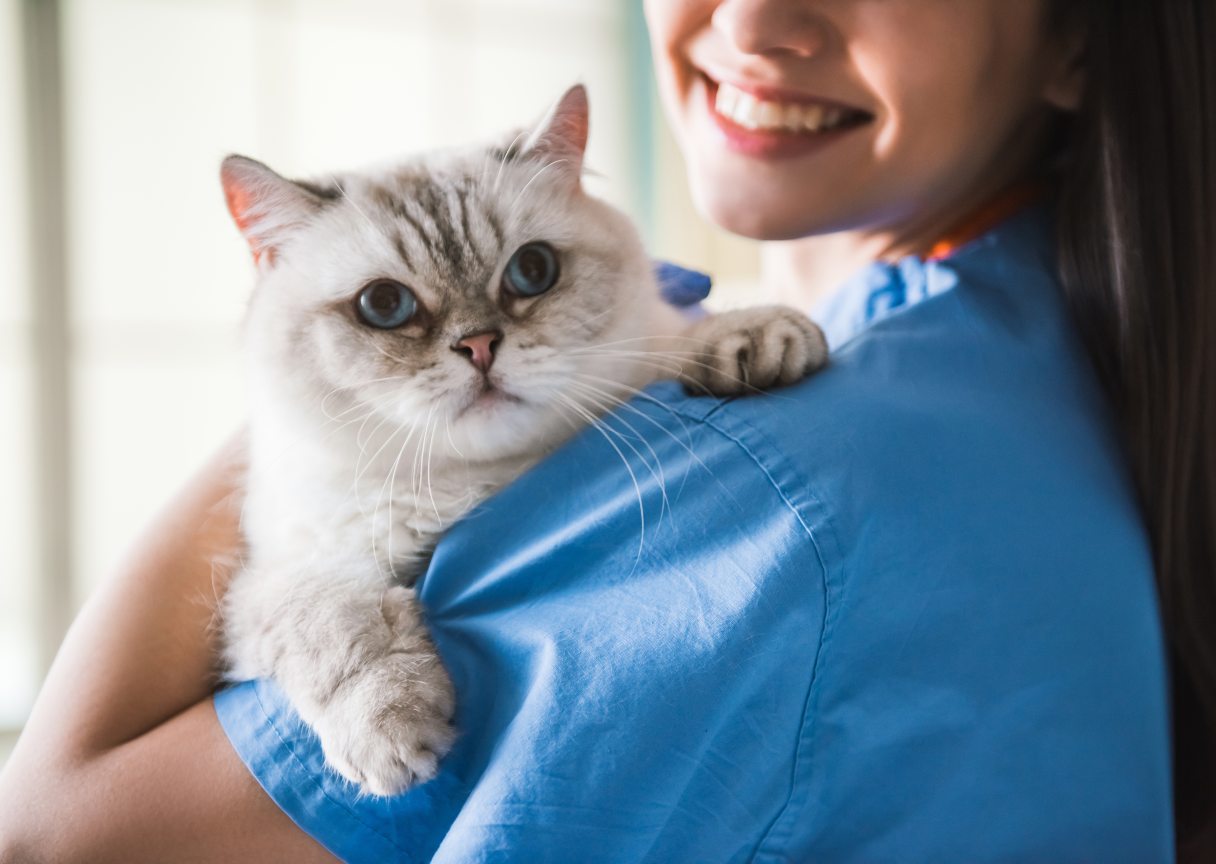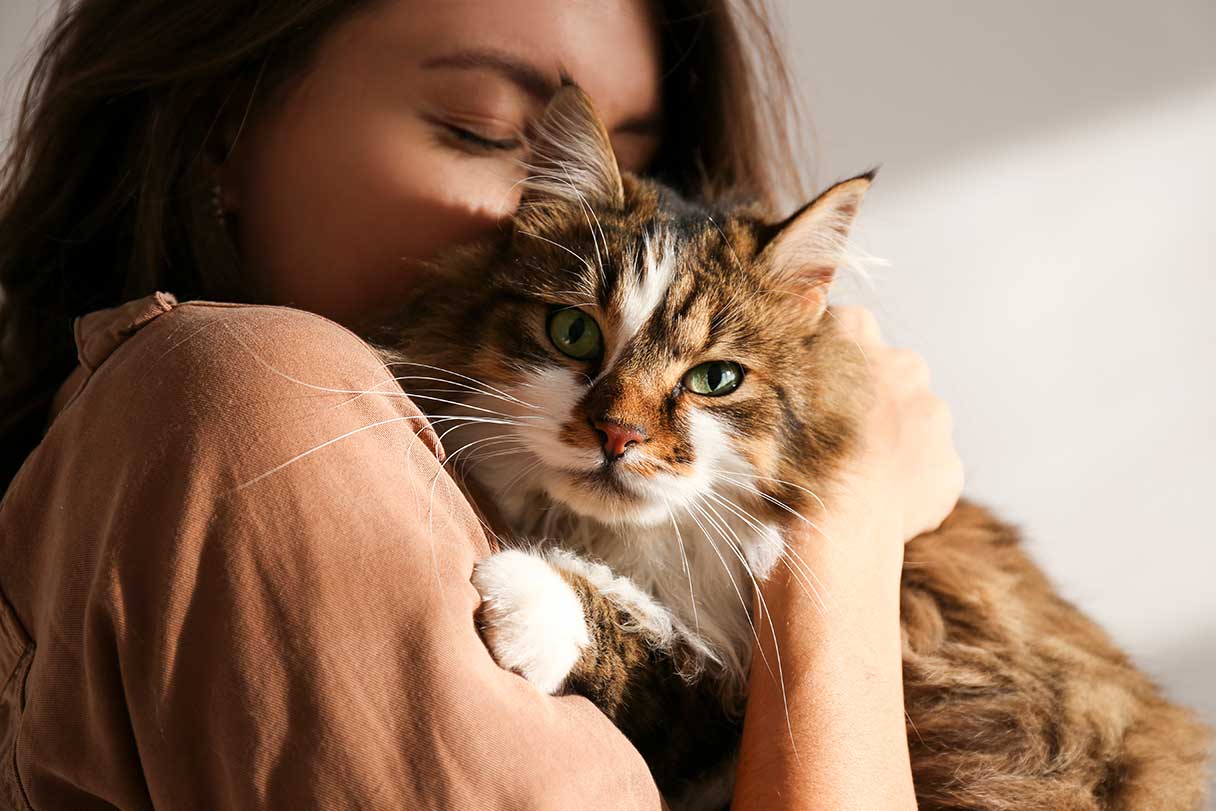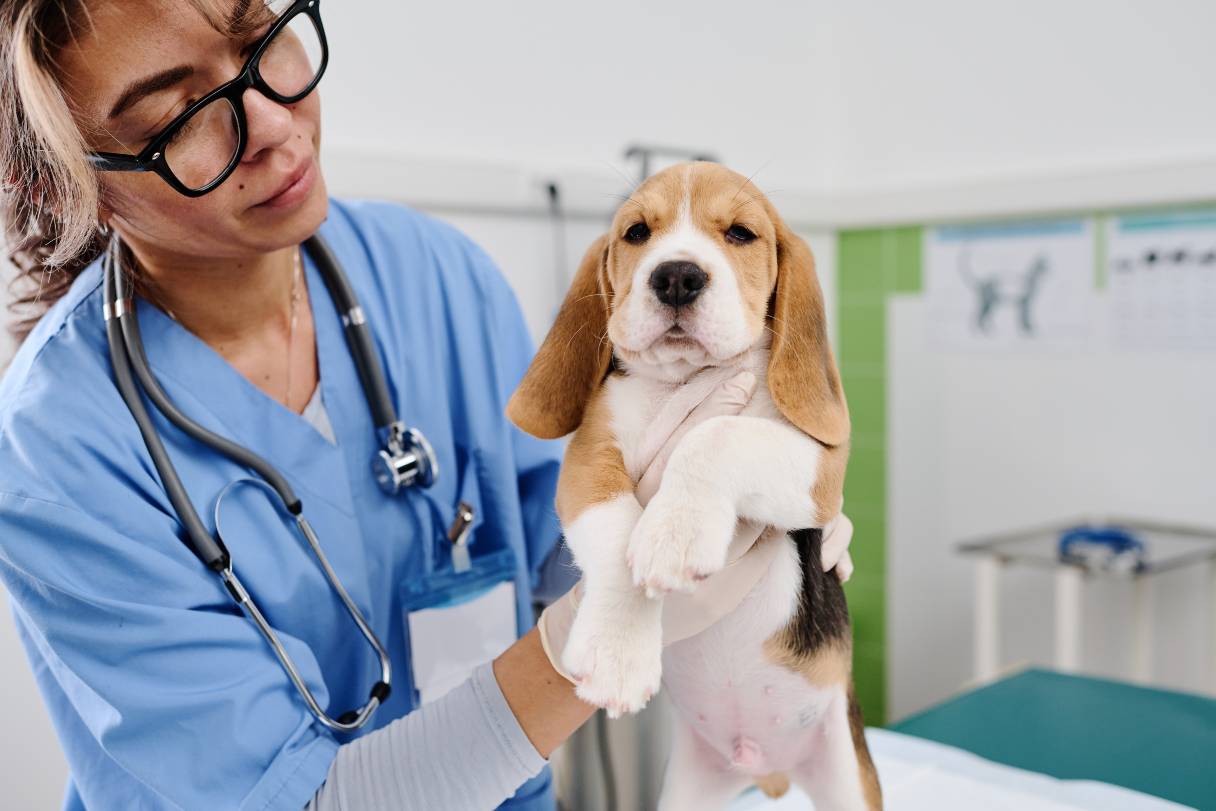Veterinary care, including vaccines, can be expensive. As a devoted cat owner who also has to consider your family’s budget, you may wonder if your feline friend actually needs the vaccinations your veterinarian recommends. (The answer? They do.)
Vaccines introduce harmless versions of viruses or bacteria to the body so the immune system can recognize and fight specific potentially dangerous diseases. Unvaccinated cats are left vulnerable to preventable diseases that can be life-threatening or spread to other pets or humans. Regular vaccines provide essential protection, so they are crucial for indoor and outdoor cats to ensure they stay healthy and safe.
Cat Vaccine Schedule
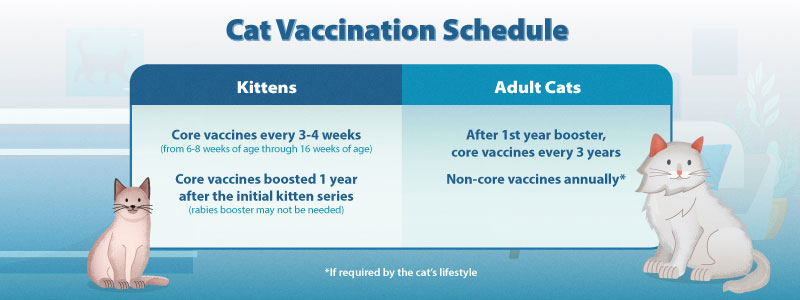
Vaccinating cats according to established guidelines is essential to safeguard their lifelong health. The World Small Animal Veterinary Association (WSAVA) has outlined a vaccination schedule that includes core and non-core vaccines to help pet owners and veterinarians ensure cats receive proper protection at each life stage.1
Here’s an overview of the WSAVA’s recommended schedule for feline vaccines:1
- Kitten vaccines. Core vaccines are given every three to four weeks, starting at 6 to 8 weeks of age and continuing until about 16 weeks of age.
- First-year booster. One year after the initial kitten series, core vaccines are boosted. A rabies booster may not be necessary at this time, depending on the specific brand and type of rabies vaccine your kitten received.
- Adult cats. After the first-year booster, core vaccines should be administered every three years to maintain immunity. Non-core vaccines may be given annually if required by the cat’s lifestyle (e.g., the cat goes outdoors or lives with other cats).
Core vs. Non-Core Cat Vaccines
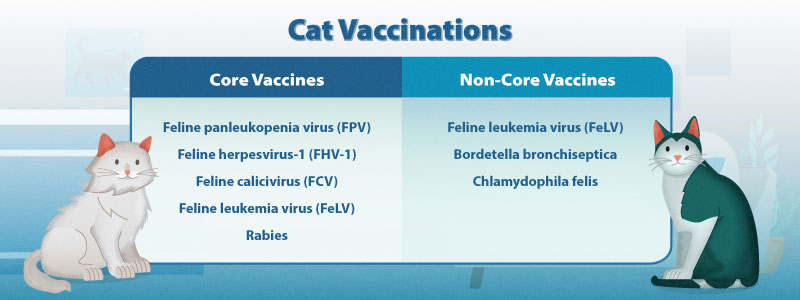
Cat vaccines are categorized into core and non-core vaccines. Each type serves a specific purpose based on your cat’s likelihood of exposure and overall health needs.
Core vaccines are essential for all cats, regardless of lifestyle or environment, as they protect against common, serious diseases that can spread easily. These include:
- Feline panleukopenia virus (FPV). Also known as feline distemper, FPV is a highly contagious and potentially fatal virus that severely damages the gastrointestinal (GI) and immune systems.
- Feline herpesvirus-1 (FHV-1). FHV-1 causes feline viral rhinotracheitis, an upper respiratory infection that can lead to chronic respiratory issues and eye infections.
- Feline calicivirus (FCV). FCV is another respiratory virus that can cause mouth ulcers, pneumonia and respiratory problems.
- Feline leukemia virus (FeLV). FeLV can weaken the cat’s immune system and cause cancer, making this a core vaccine for kittens.
- Rabies. Rabies is an almost always fatal viral disease that poses a threat to animals and humans. Many regions legally require that cats be vaccinated against rabies.
Non-core vaccines are recommended based on your cat’s lifestyle, geographic location and potential exposure risk. They are tailored to your cat’s individual environment and habits. Non-core feline vaccines include:
- Feline leukemia virus (FeLV). FeLV is recommended for adult outdoor cats and those living with other FeLV-positive cats because the virus spreads through close contact.
- Bordetella bronchiseptica. Bordetella can cause respiratory infections and is most common in animal shelters and catteries.
- Chlamydophila felis. This vaccine protects against bacterial infections that can cause conjunctivitis and respiratory issues and is typically recommended for cats in multi-cat environments where the chance of transmission is higher.
Your veterinarian will devise an appropriate vaccination plan for your feline friend based on their life stage, likelihood of exposure and lifestyle.
Cat Vaccine Costs
The national average cost* of a cat vaccination can range from $22 to $62, depending on the type of vaccine. The cost can also be affected by factors such as clinic type, age of cat and your location.2
Average cost of core vaccines
Below is a breakdown of the average cost* of core vaccines based on type:2
| Core vaccine type | Average cost |
|---|
| FeLv (feline leukemia virus) | $423 |
| FVRCP | $34 |
| Rabies | $31 |
Average cost of non-core vaccines
Below is a breakdown of the average cost* of non-core vaccines based on type:2
| Non-core vaccine type | Average cost |
|---|---|
| Bordetella | $34 |
| Chlamydia | $28 |
Where to Get Your Cat Vaccinated
Your cat can be safely and effectively vaccinated at several places, including veterinary clinics, low-cost vaccine clinics and certain animal welfare organizations (AWOs). Most pet owners rely on their local veterinarian to administer vaccines as part of the pet’s regular comprehensive wellness visit when the vet assesses the cat’s overall condition and discusses their specific vaccine needs.
Some communities host low-cost vaccine clinics at pet stores or community centers so essential vaccinations are accessible to more pet owners. Additionally, local AWOs may offer free or reduced-cost vaccines, often funded by donations or grants, to ensure that all community pets stay protected against preventable diseases.
While you may be tempted to buy and administer vaccines to your cat, this is not safe. Vaccines must be stored, handled and administered under specific conditions to work effectively, and improper handling can lead to ineffective protection or serious health issues.4 Licensed veterinarians are trained to recognize and respond to any potential side effects, ensuring your cat’s care is safe and appropriate.
Cat Vaccines and Pet Insurance
Standard pet insurance policies usually focus on unexpected medical expenses, leaving out routine veterinary care, such as vaccinations. However, many insurance providers offer wellness coverage options that can help offset routine preventive care costs, including vaccinations.
Some pet insurance wellness plans cover a variety of routine care services, including vaccinations, annual wellness exams and preventive treatments, such as flea and tick medication. Cat owners who invest in a wellness plan can ease the financial burden of keeping their feline friend up to date on essential vaccines, ensuring they remain healthy and protected against common diseases.
Paying for Cat Vaccines
Many veterinary practices request payment at the time of service, which can put a strain on some cat owners. Some veterinary clinics may offer flexible payment options or installment plans, so be sure to ask about available payment arrangements when visiting your vet.
Prioritizing your cat’s vaccinations so they are protected from serious, potentially life-threatening diseases is essential for their health and well-being. By staying informed about vaccine schedules and financing options, you can ensure your feline friend receives the best possible care throughout their life.
CareCredit Credit Card Financing for Cat Vaccinations
Taking good care of your pet's well-being from nose to tail is essential. Make sure to stay up to date on their regular checkups at the vet to help keep your pet happy and healthy for a lifetime of love. You can use your CareCredit credit card for pet care throughout the year for routine veterinary services as well as emergencies and surgeries.** Use our Acceptance Locator to find a veterinarian near you that accepts CareCredit.
CareCredit is there for you and your pet every step of the way; continue your wellness journey by downloading the CareCredit Mobile App to manage your account, find a provider on the go and easily access the Well U blog for more great articles, podcasts and videos.
In addition to pet care, you can also use your CareCredit credit card for dentistry, cosmetic, vision, hearing, health systems, dermatology, pharmacy purchases, spa treatments and so much more within the CareCredit network. How will you invest in your health and wellness next?
Author Bio
Jenny Alonge, D.V.M., has 17 years of experience as a veterinarian specializing in equine medicine and surgery. She blends her clinical background and writing expertise to create veterinary content that is engaging and informative.



